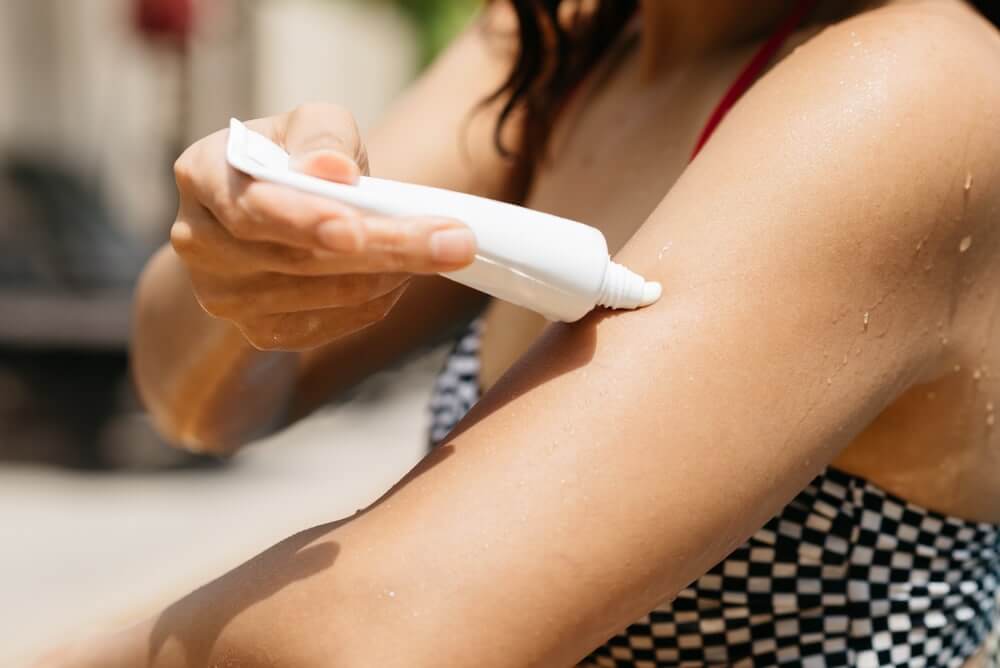The Power of Appearance-Based Education in Promoting Sunscreen Use
In the pursuit of healthy skin, sunscreen plays a vital role. However, many people overlook its importance, leading to potential sun damage and skin cancer risks. To address this issue, researchers have explored different educational approaches to promote sunscreen use and knowledge. One such approach is appearance-based education, which focuses on the cosmetic benefits of sunscreen alongside its health benefits. In this article, we delve into the effectiveness of appearance-based education compared to health-based education in encouraging best sunscreen for tanning use and knowledge.

Understanding Appearance-Based Education
Appearance-based education revolves around highlighting the aesthetic advantages of using sunscreen. This approach taps into the psychological concept of vanity, where individuals are motivated by the desire to improve their appearance. By emphasizing how sunscreen can prevent premature aging, wrinkles, and sunspots, appearance-based education appeals to people's vanity and encourages them to incorporate sunscreen into their daily routine.
Health-Based Education vs. Appearance-Based Education
Health-based education, on the other hand, primarily focuses on the medical benefits of sunscreen, such as reducing the risk of skin cancer and sunburns. While this approach is informative, it may not resonate as strongly with individuals who prioritize aesthetics over health concerns. Appearance-based education fills this gap by presenting sunscreen as a beauty essential, appealing to a broader audience beyond health-conscious individuals.
Research Findings
Studies comparing the effectiveness of health-based and appearance-based education have shown promising results. For example, a randomized controlled trial conducted by Smith et al. (2019) found that participants exposed to appearance-based education were more likely to apply sunscreen regularly compared to those who received health-based education alone. The participants cited reasons such as wanting to maintain youthful-looking skin and avoid sun damage as motivating factors for sunscreen use.

Real-World Application
In real-world settings, beauty influencers and skincare brands leverage appearance-based education to promote sunscreen products. Through social media platforms and marketing campaigns, they highlight the cosmetic benefits of sunscreen, enticing consumers with promises of smoother, more radiant skin. By integrating appearance-based messaging into their advertising strategies, these influencers and brands effectively reach a wide audience and drive sunscreen adoption.
Practical Steps
To implement appearance-based education effectively, educators and healthcare professionals can incorporate visual aids such as before-and-after photos showcasing the effects of sun exposure on the skin. Additionally, emphasizing the role of sunscreen in preserving skin elasticity and preventing discoloration can further enhance its appeal to individuals concerned about aging.
Conclusion
In conclusion, appearance-based education offers a compelling approach to promoting sunscreen use and knowledge. By tapping into people's desire for youthful and flawless skin, this method effectively motivates individuals to prioritize sunscreen as part of their skincare routine. As we strive to cultivate sun-safe habits, integrating appearance-based messaging alongside traditional health-focused education can maximize our efforts in combating sun damage and promoting overall skin health.